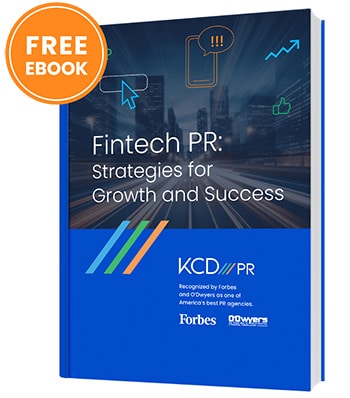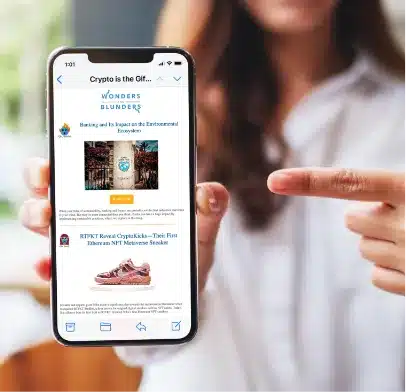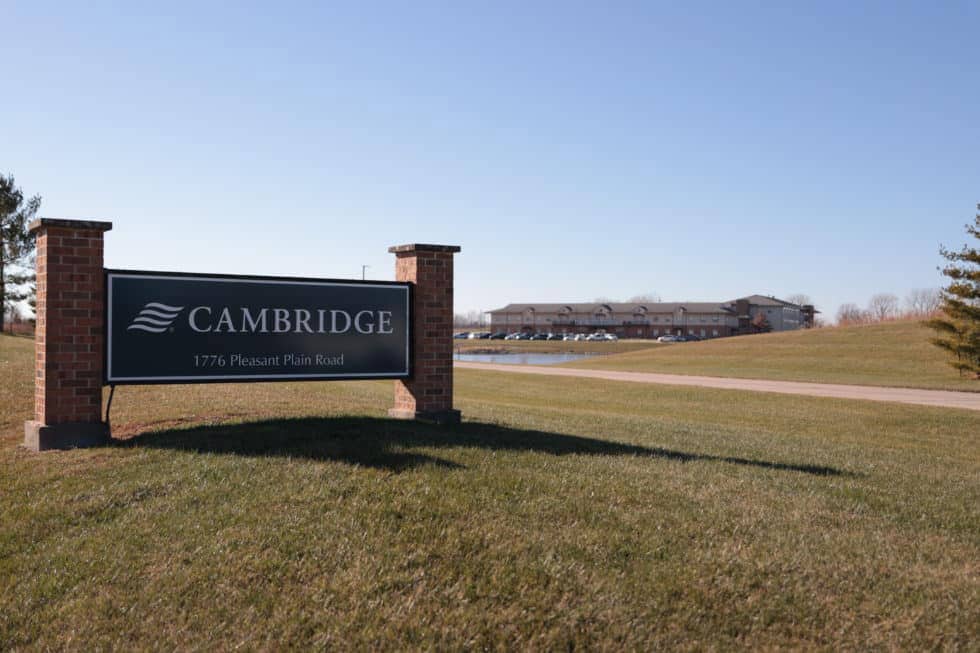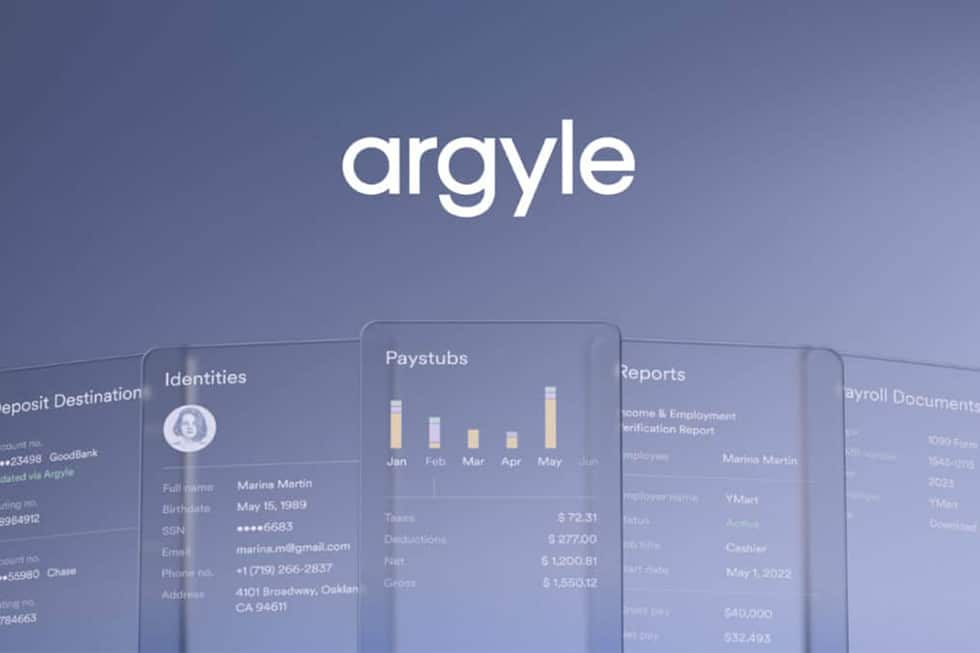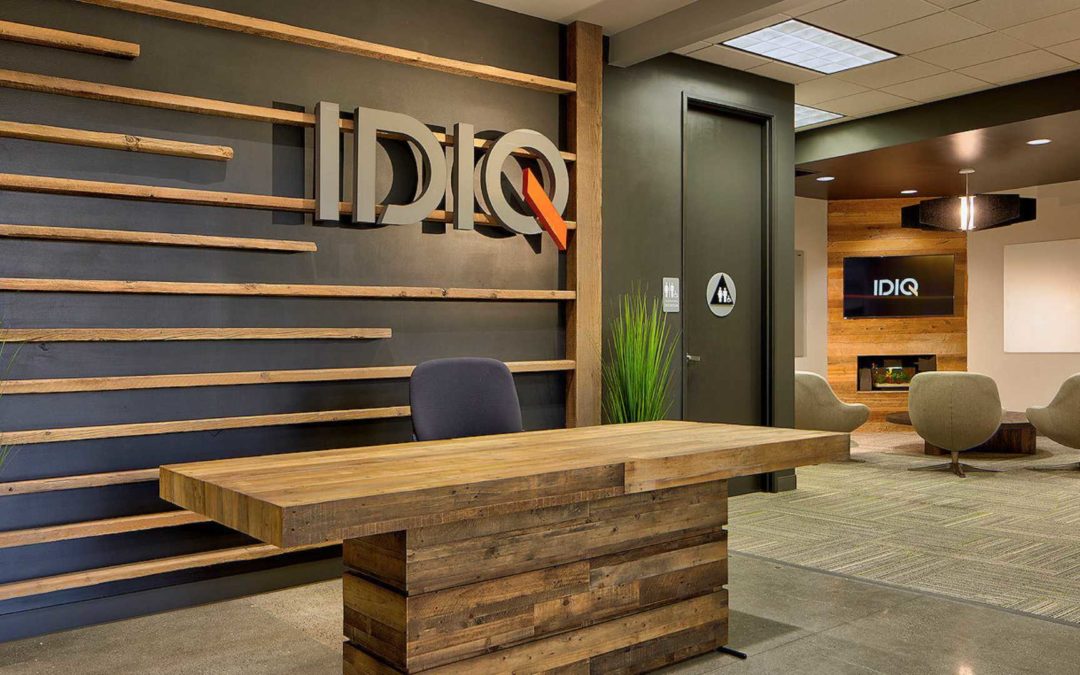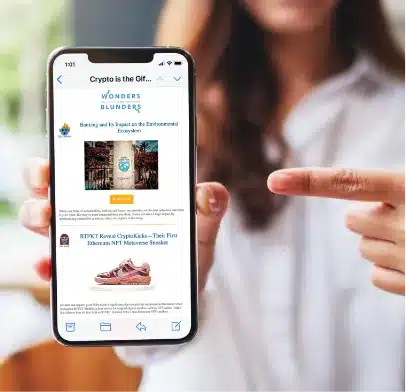This post was also published on FinTECHTalents
Customer loyalty rewards programs have become a best practice for retailers and service providers of all kinds and have been since American Airlines introduced the first frequent flier program in 1981.
Rewards programs drive business and customer value in addition to encouraging engagement, spending and advocacy. The maximization of these services has truly taken on a life of its own post-pandemic since businesses were forced to re-evaluate traditional service, payment and marketing practices.
The biggest question became: how do we convince consumers to spend money with us as opposed to competitors, or spend at all, during an unstable financial market?
The answer: provide a better rewards program using embedded technology and personalization.
Embedded Solutions
In a world run by the smartphone, punch cards and paper coupons are a thing of the past, easily thrown away or forgotten. It’s crucial for brands to find new ways to implement technology into their loyalty program to increase engagement with discounts and rewards.
Retailers can work with partners who may offer rewards-as-a-service which are branded rewards programs that embed into the retailer’s existing platform. Starbucks does this well for its coffee aficionados. Their rewards points (nicknamed ‘stars’) give members access to in-store refills on coffee and tea. Customers also get unique giveaways and discounts on birthdays and other special occasions. The Starbucks app will even put a reminder on your calendar for any “double stars day” coming up.
These programs not only keep customers coming back but they can also be a great opportunity to collect and centralize customer data for further personalization.
Personalization
Consumers are constantly bombarded by streams of generic marketing emails and broad advertising campaigns. The answer to standing out amongst the noise is personalization and customer understanding.
Loyalty programs bring in heaps of customer data. DSW Designer Shoe Warehouse found significant success with its tier-based loyalty program because of a simple email campaign. DSW used its data collection as a marketing tactic by building hyper-personalized content rather than simply distributing generic emails that rot in inboxes. In 2019, the shoe chain detailed its commitment to grow its footprint both in-store and digitally, thus, extending personalization across its loyalty program, web, mobile and all channels used to reach customers. DSW bridges connections between its digital platforms by recommending its customers “frequently bought together” and “people also viewed” items.
Another way to do this is by asking questions about why your customers use your product or service. What are their goals or motivations? Offering a concierge service to your customers was an easy choice in response to customers for Japanese-based airline, ANA. By offering a concierge service, ANA is showing how it understands its well-traveled customers who have likely had many negative experiences at airports and customs lines. The inspiration here is to know your customers well and create a loyalty and rewards program specially tailored to them.
Charity
Not all loyalty programs are discount-based. Take The Body Shop’s “Love Your Body” loyalty program, for example, which allows customers to redeem $10 for every 100 points. They can choose to use the money for themselves or donate to select charities, including three wildlife conservation efforts.
Incorporating a loyalty program based on charity can be hugely beneficial. Customers are more likely to become brand loyalists if you provide mutual value. It also highlights the brand’s stance and values. Marriott-Bonvoy allows customers to donate their points based on four main tenants: nurture, sustain, empower and welcome. Marriott-Bonvoy rewards can also be gifted or bought for others.
Using embedded technology in a charity-based loyalty program, also becomes convenient for businesses and customers. Even a simple “round-up for charity” campaign can develop positive brand recognition and customer loyalty.
Good loyalty programs offer exclusivity and personalization. Good loyalty programs retain customers, attract them, and help them spend just a little bit more. Great loyalty programs offer all the above and include embedded technology to extend personalization and positive brand recognition, as well as increase customer loyalty and convenience. These programs engage customers in ways they are already interacting with the brand, making the interaction seamless for the customer.
